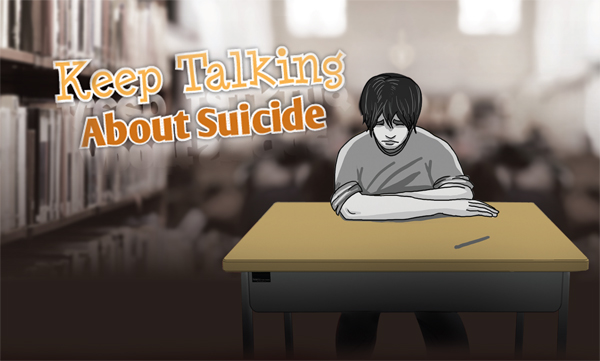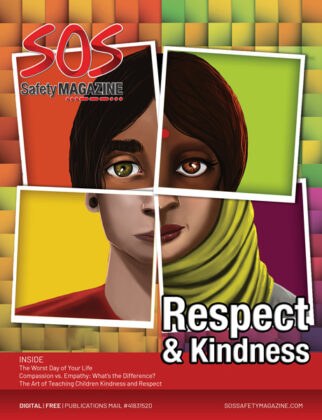ARTICLES, I NEED HELP: TEEN SUICIDE PREVENTION
Keep Talking About Suicide

Talking about suicide
By Laurel L. Johnson, Ph.D., C.Psych., Clinical Director, Community Mental Health, Kinark Child and Family Services
How can I recognize if my child is suffering in silence? The answer: Educate yourself and never stop talking to your child.
The first step: Educate yourself
Do not ignore the statistics. In Canada, suicide accounts for one in four deaths among 15-24-year-olds and is the leading cause of death, after accidents, for Canadians between the ages of 10 and 24. According to Children’s Mental Health Ontario, one in ten students in grades 7 through 12 reported that they had seriously considered suicide, and about three percent attempted suicide.
Did you read our article on how to stop self-harm?
Know the risk factors for suicide
Although the reasons for suicide can vary, parents need to keep alert for red flags and intervene immediately. Here are some key risks and warning signs:
- A recent and/or serious loss. This might include the death of a loved one or even a pet, or a parent separation/divorce or breakup with a partner. A significant loss of possessions, such as in a fire, or the family losing their home could also be impactful.
- A mental health disorder, particularly a mood disorder such as depression, or trauma and/or stress-related disorder, as well as alcohol and other substance use disorders. The combination of depression and substance use disorder increases the risk of suicide.
- Engaging in high-risk behaviours, including self-mutilation or harm, breaking the law, fighting, being particularly impulsive, changes or extremes in behaviour and having disciplinary problems or breaking the law.
- Failing academic performance, upcoming exams or exam results.
- Struggling with sexual orientation in an unsupportive environment.
- Lack of social support and isolation from significant others.
- Fighting or bullying; both being a victim of bullying and also engaging in bullying behaviour.
- Access to lethal means, such as significant sharps, firearms, medications.
- Cultural and religious beliefs that promote suicide as noble.
- A family history of suicide, as well as exposure to domestic violence, child abuse or neglect.
- Writing about suicide or death.
- Physical changes including a sudden change in appearance, lack of energy or disturbed sleep, sudden weight loss or gain, loss of appetite, change in sexual interest, increases in minor illnesses.
- Prior suicide attempts.
Have you read our article on the signs of suicide?
Keep the lines of communication open
Not all warning signs are obvious. Talk to your kids about their day to day lives, and even if they show hesitation it’s important to keep the dialogue going and seek help if you feel necessary.
How to reduce the risk of suicide
- Good problem-solving abilities.
- A strong connection to the community and peers.
- Restricted access to highly lethal means of suicide.
- Cultural and religious beliefs that discourage suicide and support self-preservation.
- Access to appropriate medical and clinical intervention; effective care for mental, physical, and substance use disorders.
Need help?
If you suspect your child or youth needs help, access any available resources. In Ontario, anyone can call Kinark’s Central Intake line. No referral is necessary: 1-888-454-6275.
The value of having someone to talk to
Suicide prevention starts with us. When children and youth who are dealing with suicidal thoughts and feel like they have somebody to talk to, or somewhere to go for help, it can be the difference between life and death.
Keep learning and keep talking, so our kids don’t ever think their lives aren’t worth living.







